Four years ago I finished writing and designing Doggerland: Knits From A Lost Landscape. It remains one of the projects that I am most proud of having done. It is a collection of essays and knitting patterns inspired by a landscape that disappeared into the sea some 6000 years ago, and which made me wonder about where we live, who we are, and how we connect with our daily landscapes (whether inner or outer).
The idea for the Doggerland collection first came to me when I was looking at artefacts in the National Museum of Denmark's Prehistory section.
I was looking at a bone antler fragment carved with beautiful, simple designs when my partner started reading aloud a piece about a Mesolithic landscape now lost to the North Sea between the UK and Scandinavia (Mesolithic means "Middle Stone Age"). I loved the simplicity of the carved antler and I loved the story of a lost landscape that once formed a land bridge between Denmark (where I grew up) and Britain (where I now live).
The prehistory sections of The National Museum of Scotland and the National Museum of Denmark yielded much inspiration: worked flintstones, carved antler bones, well-preserved fykes, and excavated shell middens. Motifs and textures are either directly taken from Mesolithic artefacts found in the Doggerland region (or surrounding areas) or use them as visual cues. The Mesolithic period was characterised by very geometric designs: lines, dots, circles and simple shapes. Shapes and motifs you will find throughout the collection, both in the knitting patterns and the illustrations.
I first started working on Doggerland in 2011. The first few sketches were rough outlines of motifs, but soon I began sketching all sorts of things: shells, driftwood, coastal outlines.. then I started reading about Mesolithic archaeology, I met with archaeologists, I delved into Land Art & psychogeography, and then set myself some parameters:
+ A limited palette of colours: I ended up using mainly undyed yarns (mostly Snaeldan) and the only dyed hue is the vibrant green you see in the Storegga shawl above. I chose the green because it reminded me of seaweed - it'd be a colour that Mesolithic people would have seen. I did wonder about using wool rather than flax, as domesticated sheep for wool-production would still be a few millennia out.
+ A limited palette of stitches: I wanted to strip back what I understood about lace knitting, colourwork, and textures. I looked to Mesolithic artefacts like worked flint, carved bone, and late-Mesolithic pottery shards for inspiration. I was really interested in how Mesolithic people used geometric shapes and lines in their work. Garter stitch ended up forming the backbone in the collection and i also strove to use a pared-down lace vocabulary (which was one of the hardest challenges I set myself).
I ended up designing and writing nearly 25 patterns for the collection - most of which I also knitted. Obviously most of these designs never made it into the collection for one reason or another - and it meant an enormous amount of work on my part. Still, I wanted a coherent collection with a very distinct formsprog (mode of expression - though I like the Danish phrase better: "shape language" which contain the making and moulding aspect of creating your own creative idiom).
Four years on, I sit here looking through the Doggerland collection and I am so proud of it. Our photography have improved vastly as have our layout and pattern writing skills (I didn’t have an internal style sheet, the horror) — but Doggerland still resonates with me. I am now sufficiently removed from the project to appreciate the strong pull of ideas and the defined design vocabulary. I was working part-time for a yarn company while doing the collection, and I’m quietly amazed that it became such a good piece of work. (Is it weird praising yourself? I feel like it’s weird praising yourself.)
In the four years that have passed, I have become a full-time designer, writer, and teacher. I have written a proper book — again, combining essays, knitting, and a niche topic — and I’m now teaching Knitting the Landscape, a class that owes its existence to Doggerland. The knitting world has seen a surge of interest in the connections between landscape and knitting: from the interest in rare sheep breeds to conversations about sustainability. We sadly also live in a world where climate change affects us on a daily basis.
I never do this, but today you can buy the entire Doggerland collection at 20% off on Ravelry. No code needed. It is one of the best things I’ve ever done, and I’d love for you to discover your own landscapes.



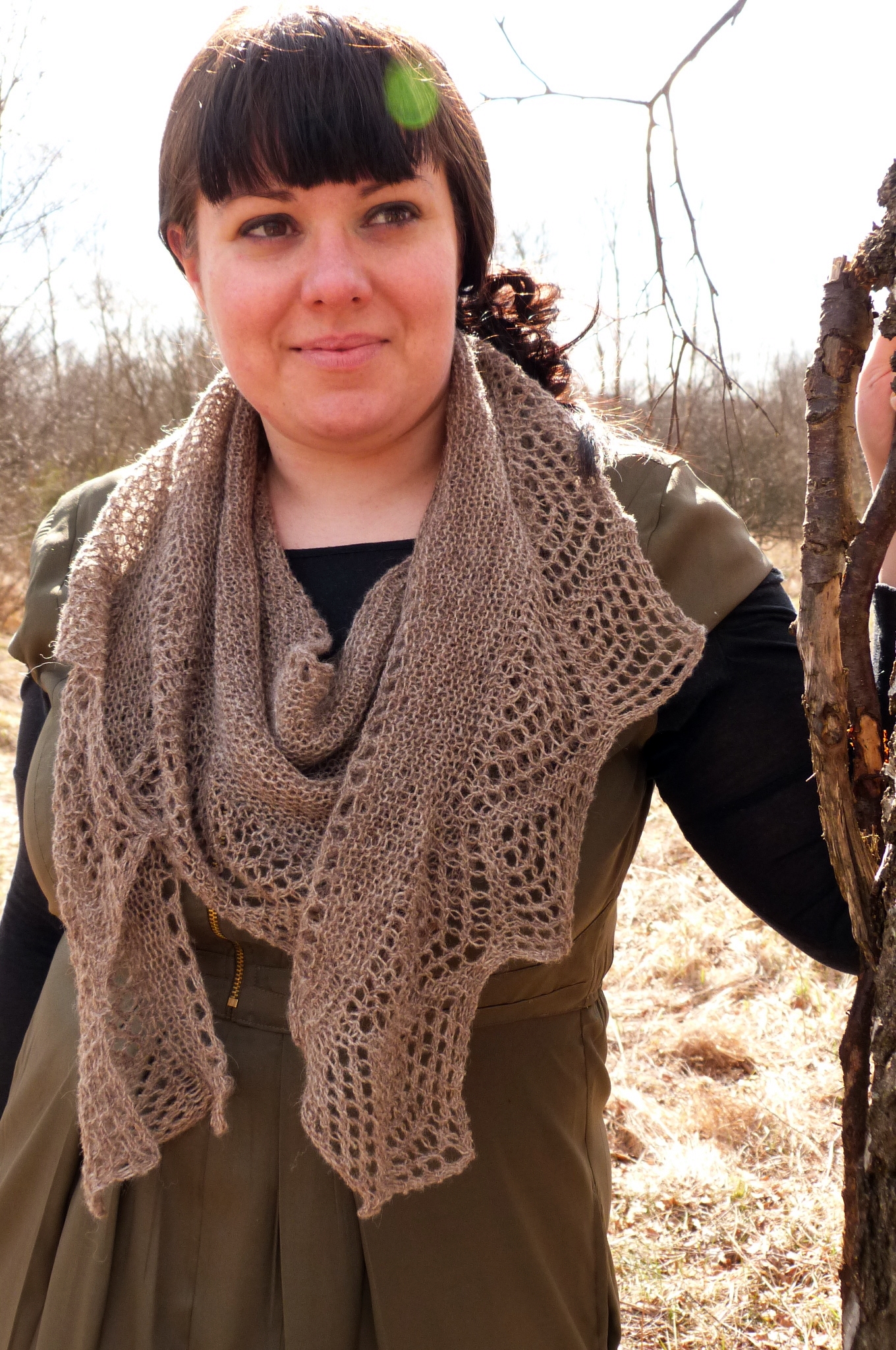

 I was looking through an old photo folder when I came across this swatch I did for what would eventually become the
I was looking through an old photo folder when I came across this swatch I did for what would eventually become the 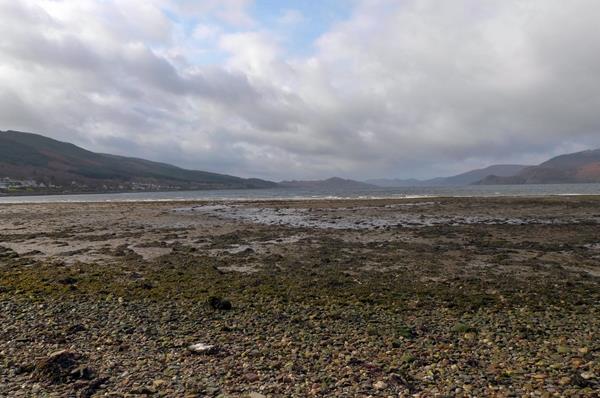
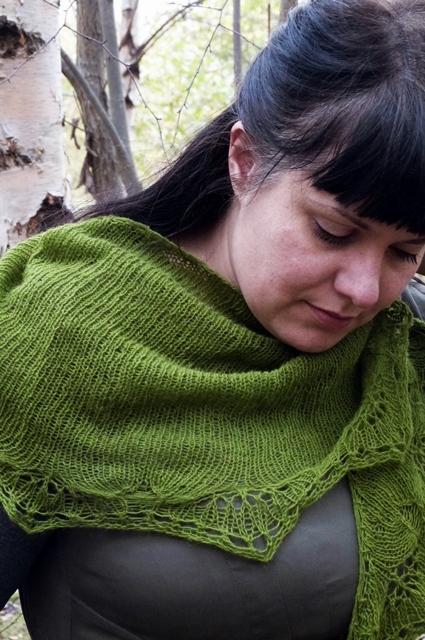
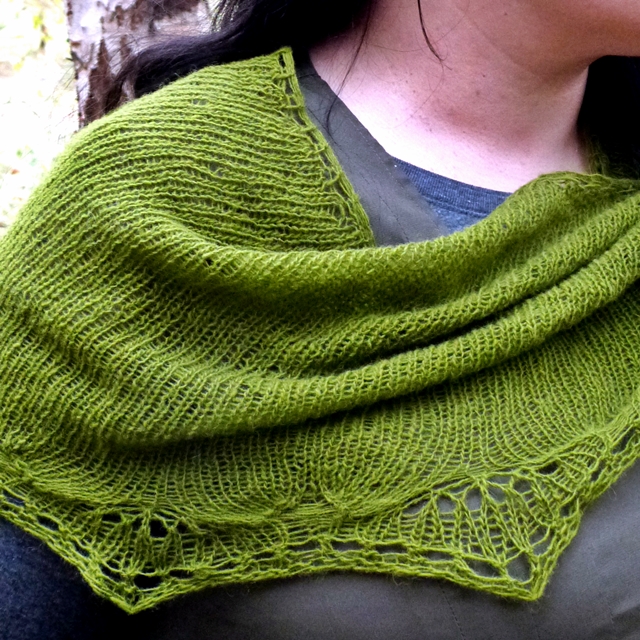 Tomorrow I am releasing the last Doggerland pattern (more on the actual pattern when it's released!) and it is a bit emotional.
I first started working on Doggerland in 2011. The first few sketches were rough outlines of motifs, but soon I began sketching all sorts of things: shells, driftwood, coastal outlines.. then I started reading about Mesolithic archaeology, I met with archaeologists, I delved into
Tomorrow I am releasing the last Doggerland pattern (more on the actual pattern when it's released!) and it is a bit emotional.
I first started working on Doggerland in 2011. The first few sketches were rough outlines of motifs, but soon I began sketching all sorts of things: shells, driftwood, coastal outlines.. then I started reading about Mesolithic archaeology, I met with archaeologists, I delved into  I have always been drawn to liminal spaces. Places that are thresholds (like beaches, doorways, or bridges). I think it stems from always feeling slightly out of time and place myself. Part of my continual fascination with the Doggerland landscape is that we only know glimpses and we can only see traces. Early pottery in northern Europe can be interpreted as having that liminal quality too - we only find tiny fragments and they speak of a transitional culture moving through an uncertain time and space.
Pottery can seem so straightforward to modern people and we can play with its perceived primitivism in our heads: man reaches down and scoops up a handful of humble soil; with his bare hands, he sculpts a crude looking retainer; the small pot is baked on a fire. The reality is somewhat different as pottery is a sophisticated technology. Still, there is something so very fundamental about the relationship between earth and fire - one that calls for story-telling and myth-making.
I have always been drawn to liminal spaces. Places that are thresholds (like beaches, doorways, or bridges). I think it stems from always feeling slightly out of time and place myself. Part of my continual fascination with the Doggerland landscape is that we only know glimpses and we can only see traces. Early pottery in northern Europe can be interpreted as having that liminal quality too - we only find tiny fragments and they speak of a transitional culture moving through an uncertain time and space.
Pottery can seem so straightforward to modern people and we can play with its perceived primitivism in our heads: man reaches down and scoops up a handful of humble soil; with his bare hands, he sculpts a crude looking retainer; the small pot is baked on a fire. The reality is somewhat different as pottery is a sophisticated technology. Still, there is something so very fundamental about the relationship between earth and fire - one that calls for story-telling and myth-making.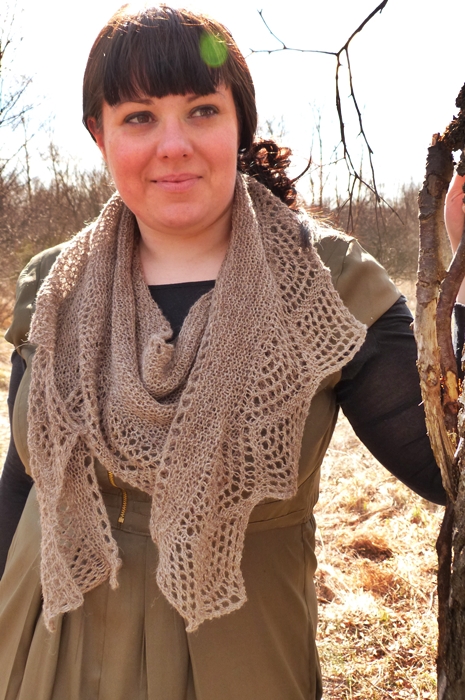 We only have two Doggerland patterns left to go, so while I get those ready, I thought it would be fun to set up a Doggerland KAL in
We only have two Doggerland patterns left to go, so while I get those ready, I thought it would be fun to set up a Doggerland KAL in 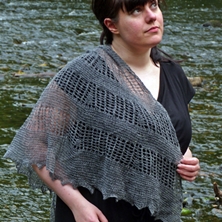 Which brings me to the fun bit. The prizes! I did think about sourcing Mesolithic lithics (worked pieces of flint) but I wasn't too sure about the ethics of removing pieces from public access. Also, I think you knitters prefer yarn. Right? Right.
Which brings me to the fun bit. The prizes! I did think about sourcing Mesolithic lithics (worked pieces of flint) but I wasn't too sure about the ethics of removing pieces from public access. Also, I think you knitters prefer yarn. Right? Right.